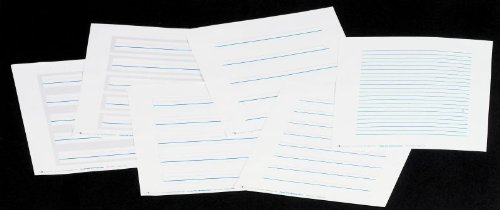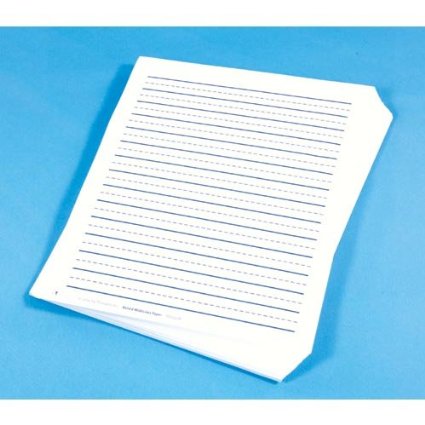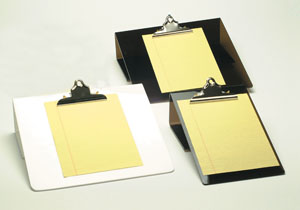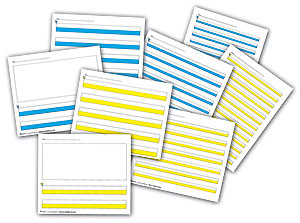We’re thrilled to share recent Therapro product reviews that highlight how our tools are making a difference in classrooms, therapy sessions, and homes. From educators to occupational therapists, customers consistently report how Therapro products support individuals with a variety of learning and developmental needs.
Product Review- Therapro Stage Rite Raised-Line Paper
If you’re looking for a handwriting tool that offers both tactile and visual support, Therapro’s Stage Write Raised-Line Paper delivers. Designed to promote proper letter placement and spacing, this paper features raised lines that provide physical guidance for young writers or individuals with fine motor or visual challenges. Check out this review to see how this effective tool helps students build foundational handwriting skills with greater confidence and control.
Buy on Amazon | therapro.com
“I have (very) low vision and bought this paper to help me take notes when I go to a meeting or such and need to record details. The wide raised dark lines help me write more legibly so that when I get my notes home I have a better chance of being able to decipher what I wrote when put under my CCTV. I am going to try the next smaller stage next time I order as I think I am getting better at writing this way! I am so pleased with my progress. I thought without the money to buy a tablet and with a crummy memory, I was stuck, but I am pleased to have struck upon my creative solution to my problem! I cannot wait to report back at the next meeting at the Support Group I attend for those of us who are adjusting to our new lives.” – Anne M
More Product Reviews- Wide-Lined Raised Paper
If you’re seeking a handwriting tool that offers both tactile and visual support, Therapro’s Wide-Lined Raised-Line Paper delivers. Designed to promote proper letter placement and spacing, this paper features raised lines that provide physical guidance for young writers or individuals with fine motor or visual challenges. Check out this product review to see how this effective tool helps students build foundational handwriting skills with greater confidence and control.
Buy on Amazon | therapro.com
“Great tool for students who need to feel the lines to stay in them. I am a teacher and use this paper for my special needs students in my classroom. I would definitely recommend it.” – Litter of Pups
Looking for more handwriting solutions? Explore Therapro’s full collection of adapted writing paper designed to support writers of all ages and abilities: Writing and Math Paper. Whether you need raised lines, visual cues, or specialty formats, you’ll find the right tools to meet your students’ needs.



 Here at Therapro we have a BIG focus on handwriting – from
Here at Therapro we have a BIG focus on handwriting – from 